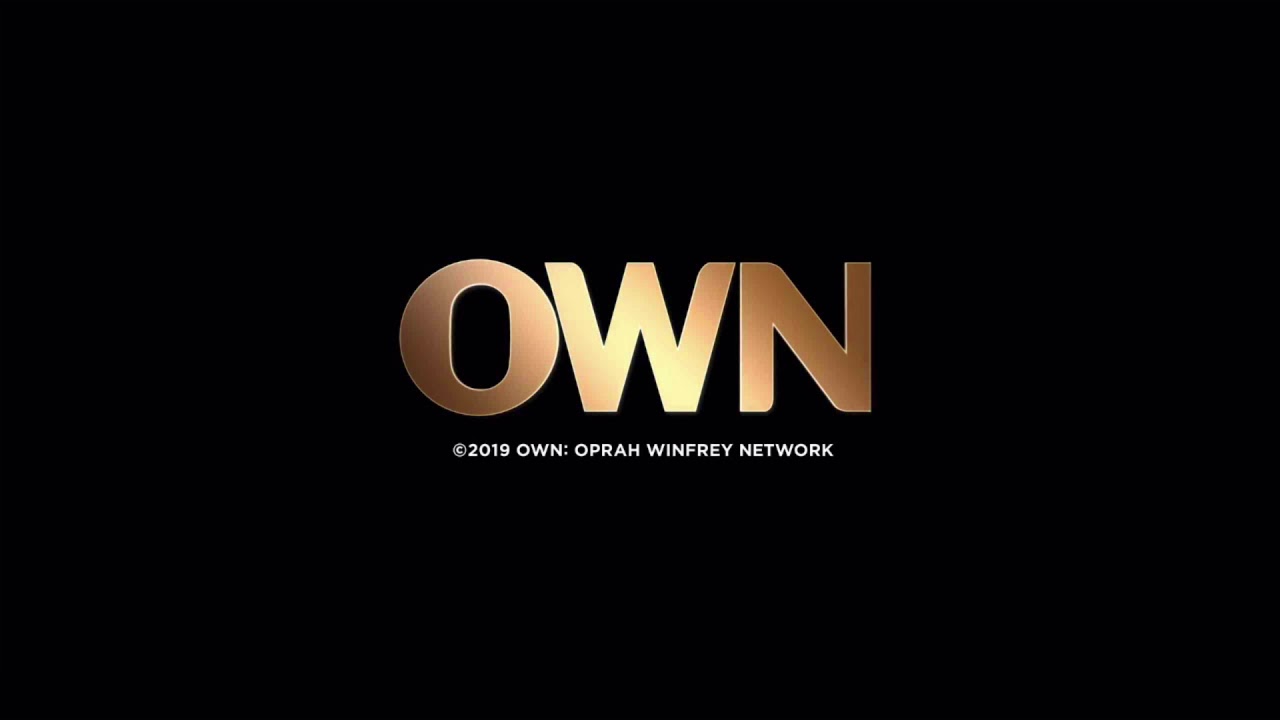Home>Technology>Home Entertainment Systems>How To Pitch An Idea To A Television Network


Home Entertainment Systems
How To Pitch An Idea To A Television Network
Published: December 20, 2023
Learn how to pitch your home entertainment systems idea to a television network successfully. Get expert tips and strategies for a winning pitch.
(Many of the links in this article redirect to a specific reviewed product. Your purchase of these products through affiliate links helps to generate commission for Storables.com, at no extra cost. Learn more)
Introduction
So, you have an incredible idea for a television show that you believe has the potential to captivate audiences and make waves in the entertainment industry. Congratulations! The journey from a mere concept to a fully-fledged television series can be an exhilarating one, and it all begins with successfully pitching your idea to a television network. This process requires a blend of creativity, strategic thinking, and a deep understanding of the television industry. In this comprehensive guide, we will delve into the intricacies of pitching an idea to a television network, providing you with the essential insights and strategies to navigate this thrilling endeavor with confidence.
Pitching a television show is akin to presenting a vision—a vision that not only entertains but also resonates with the network's audience and aligns with their programming objectives. It's a fusion of storytelling, market analysis, and persuasive communication. As we embark on this journey, we'll explore the nuances of understanding the television network, developing your idea, crafting the pitch, making the pitch, and the crucial follow-up process. By the end of this guide, you'll be equipped with the knowledge and tools to pitch your television show idea with finesse and determination. So, let's dive into the captivating world of television pitching and unravel the secrets to a compelling and successful pitch.
Key Takeaways:
- Understand the TV network’s audience, programming, and decision-makers to tailor your pitch and demonstrate dedication and professionalism.
- Develop a compelling, well-researched idea with captivating storytelling, visual appeal, and audience resonance to set the stage for a successful pitch.
Read more: How To Start A Television Network
Understanding the Television Network
Before you embark on the exhilarating journey of pitching your television show idea, it’s imperative to gain a profound understanding of the television network you are targeting. Each network has its own unique brand, target audience, programming preferences, and overall ethos. Researching and comprehending these aspects will not only enhance the relevance of your pitch but also demonstrate your commitment and professionalism to the network representatives.
First and foremost, familiarize yourself with the network’s existing programming lineup. Pay close attention to the genres, themes, and formats of the shows they currently broadcast. This insight will enable you to position your idea within the context of their programming landscape, highlighting how it complements their existing content while offering a fresh and distinctive perspective.
Furthermore, delve into the network’s target demographic. Understand the age, gender, interests, and preferences of their viewership. This demographic insight is pivotal in tailoring your pitch to align with the network’s audience, ensuring that your idea resonates with the viewers and fulfills the network’s objectives of engaging and retaining their target demographic.
Equally important is researching the network’s recent successes and challenges. Analyze the shows that have garnered acclaim and high viewership, as well as those that may have faced obstacles. This analysis can provide valuable insights into the network’s current priorities, potential gaps in their programming, and areas where your idea could offer a strategic fit or innovative solution.
Moreover, familiarize yourself with the key decision-makers at the network. Understanding the roles and responsibilities of executives, development teams, and programming heads can guide you in tailoring your pitch to resonate with their specific interests and objectives. Building a rapport with these decision-makers can also facilitate a smoother and more personalized pitch process.
By immersing yourself in the world of the television network, you not only demonstrate your dedication and preparedness but also tailor your pitch to align seamlessly with the network’s programming ethos and audience, setting the stage for a compelling and impactful presentation of your television show idea.
Developing Your Idea
At the heart of a successful television pitch lies a compelling and well-developed idea for a show. Developing your idea involves transforming a concept into a comprehensive and captivating vision that resonates with both the network and the target audience. It’s a process that demands creative ingenuity, thorough planning, and a deep understanding of the storytelling medium that is television.
Begin by crystallizing the core concept of your show. What is the central premise that sets it apart? What themes, emotions, or experiences does it aim to evoke in the audience? Clearly defining the essence of your idea forms the foundation upon which the entire pitch will be built.
Next, delve into the intricacies of the show’s narrative and characters. Craft a compelling storyline that unfolds across episodes, keeping the audience engaged and eager for more. Develop characters that are multi-dimensional, relatable, and capable of driving the narrative forward. Their arcs, conflicts, and relationships should add depth and emotional resonance to the show.
Moreover, consider the visual and aesthetic elements of your show. How will the setting, cinematography, and production design contribute to the overall experience? Visualizing the look and feel of your show can provide the network with a vivid understanding of its potential to captivate audiences visually, adding an extra dimension to your pitch.
Furthermore, think about the scalability and longevity of your idea. Can it sustain multiple seasons while consistently engaging viewers? Networks seek shows with the potential for longevity and audience retention, making it essential to demonstrate how your idea can evolve and unfold over time without losing its initial allure.
Lastly, conduct thorough market research and audience analysis. Identify and understand the target demographic for your show, ensuring that your idea aligns with their interests and preferences. By integrating market insights into the development of your idea, you can tailor it to resonate with the intended audience, increasing its appeal to the network.
Developing your idea is a meticulous and creative process that lays the groundwork for a compelling pitch. By infusing your concept with depth, relatability, visual appeal, and audience resonance, you set the stage for a pitch that not only captivates the network but also ignites the imagination of potential viewers, making your show idea an irresistible proposition.
When pitching an idea to a television network, focus on a clear and compelling concept, know your target audience, and be prepared to explain why your idea is unique and marketable.
Crafting the Pitch
Crafting a compelling pitch for your television show idea is an art form that requires a delicate balance of creativity, strategic thinking, and persuasive communication. The pitch serves as the bridge between your vision and the network’s programming objectives, making it essential to craft a presentation that not only showcases the allure of your idea but also aligns seamlessly with the network’s brand and audience.
First and foremost, structure your pitch with a captivating and concise logline that encapsulates the essence of your show in a single sentence. This logline should be evocative, intriguing, and capable of piquing the interest of the network representatives, setting the stage for the detailed presentation of your idea.
Following the logline, delve into a comprehensive overview of your show. Clearly articulate the central premise, the thematic underpinnings, and the unique elements that set your idea apart. Introduce the key characters, their arcs, and the emotional core of the narrative, painting a vivid picture of the world and the experiences that await the audience.
Moreover, emphasize the visual and tonal elements of your show. Provide insights into the aesthetic direction, the atmosphere, and the overall sensory experience that your show aims to deliver. Visual aids such as concept art, mood boards, or visual references can further enhance the network’s understanding of the show’s potential to captivate and enthrall viewers.
Additionally, integrate market analysis and audience insights into your pitch. Demonstrate a clear understanding of the target demographic and how your show resonates with their preferences and viewing habits. This strategic alignment with the network’s audience can bolster the appeal of your idea and showcase its potential for engaging and retaining viewers.
Furthermore, outline the long-term vision for your show. Discuss the potential for character development, narrative arcs, and the overarching trajectory of the series across multiple seasons. Illustrate how your idea can evolve and unfold over time, sustaining audience interest and aligning with the network’s objectives of long-term viewer engagement.
By crafting a pitch that combines storytelling finesse, visual allure, strategic alignment, and a deep understanding of the television landscape, you set the stage for a presentation that not only captivates the network representatives but also ignites their imagination, making your television show idea an irresistible proposition that demands serious consideration.
Making the Pitch
The moment has arrived to bring your meticulously crafted television show pitch to life in front of the network representatives. Making the pitch is not merely a presentation of your idea; it’s a performance that demands passion, confidence, and the ability to convey the essence of your show with unwavering conviction. As you step into the pitch room, armed with your vision and preparedness, here are the key elements to consider in making your pitch an unforgettable and compelling experience.
First and foremost, exude genuine enthusiasm and belief in your idea. Your passion for the show should be palpable, infusing the room with energy and conviction. This genuine enthusiasm can be infectious, captivating the attention of the network representatives and instilling confidence in the potential of your idea.
Furthermore, maintain a captivating storytelling approach throughout the pitch. Weave a narrative that not only elucidates the core concept of your show but also immerses the audience in the world, the characters, and the emotional journey that awaits the viewers. Engage the network representatives with evocative storytelling that ignites their imagination and leaves a lasting impression.
Moreover, be receptive to feedback and open to discussion. The pitch should be a dynamic exchange rather than a one-sided presentation. Embrace questions, comments, and discussions, demonstrating your adaptability and collaborative spirit. This openness can foster a sense of partnership and mutual investment in the success of the show.
Additionally, leverage visual aids and supplementary materials to enhance the impact of your pitch. Concept art, mood boards, visual references, and teaser materials can provide a tangible and immersive glimpse into the visual and thematic allure of your show, elevating the pitch from a presentation to a multi-sensory experience.
Lastly, conclude the pitch with a clear call to action. Express your readiness to further discuss the show, provide additional materials, or address any queries that may arise. Leave the network representatives with a sense of anticipation and eagerness to explore the potential of your idea in greater detail.
By infusing your pitch with unwavering passion, captivating storytelling, openness to collaboration, immersive visual aids, and a compelling call to action, you transform the presentation of your television show idea into an unforgettable and persuasive experience that lingers in the minds of the network representatives, propelling your idea closer to the realm of reality.
Read more: What Is The CW Television Network?
Following Up
After the exhilarating moment of making your television show pitch, the process enters the crucial phase of following up with the network. This phase is characterized by strategic persistence, proactive communication, and the nurturing of the burgeoning relationship between you and the network representatives. A well-executed follow-up can solidify the impact of your pitch and lay the groundwork for further discussions and potential collaboration. Here’s how to navigate the post-pitch phase with finesse and determination.
First and foremost, express gratitude for the opportunity to present your idea. A sincere and appreciative follow-up message, whether in the form of an email or a personalized note, conveys professionalism and respect for the time and attention invested by the network representatives during the pitch.
Furthermore, seek feedback and insights from the pitch. Inquire about the network’s thoughts on your idea, the aspects that resonated with them, and any areas they may wish to explore further. This proactive approach not only demonstrates your openness to collaboration but also provides valuable insights that can inform the next steps in developing and refining your show idea.
Moreover, provide supplementary materials and information. If there are elements of your pitch that could benefit from further elaboration or visual representation, seize the opportunity to share additional materials that enhance the network’s understanding of the show’s potential and allure. This proactive gesture showcases your commitment to the idea and your willingness to go the extra mile in fostering its success.
Additionally, maintain regular but respectful communication. While it’s essential to stay engaged and top of mind, it’s equally important to avoid inundating the network representatives with excessive follow-ups. Striking a balance between proactive communication and respectful patience is key to nurturing the evolving relationship with the network.
Lastly, be prepared for the next steps. Anticipate the potential for further discussions, meetings, or requests for additional information. Stay prepared to delve deeper into the development and strategic alignment of your show idea, showcasing your readiness to collaborate and navigate the path towards transforming your vision into a compelling television series.
By approaching the post-pitch phase with gratitude, proactive engagement, strategic communication, and readiness for the next steps, you not only solidify the impact of your pitch but also lay the foundation for a collaborative and fruitful relationship with the network. The follow-up phase is an opportunity to further showcase your professionalism, dedication, and unwavering commitment to bringing your television show idea to life.
Frequently Asked Questions about How To Pitch An Idea To A Television Network
Was this page helpful?
At Storables.com, we guarantee accurate and reliable information. Our content, validated by Expert Board Contributors, is crafted following stringent Editorial Policies. We're committed to providing you with well-researched, expert-backed insights for all your informational needs.















0 thoughts on “How To Pitch An Idea To A Television Network”